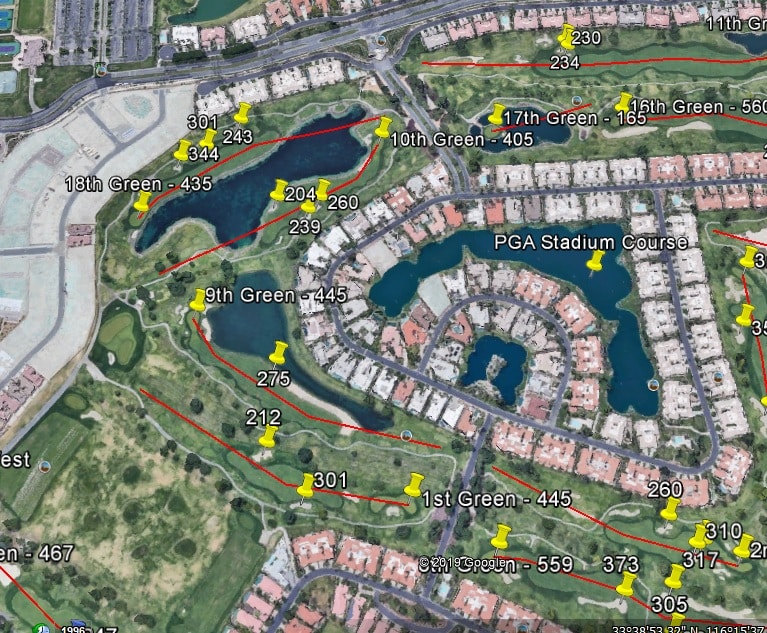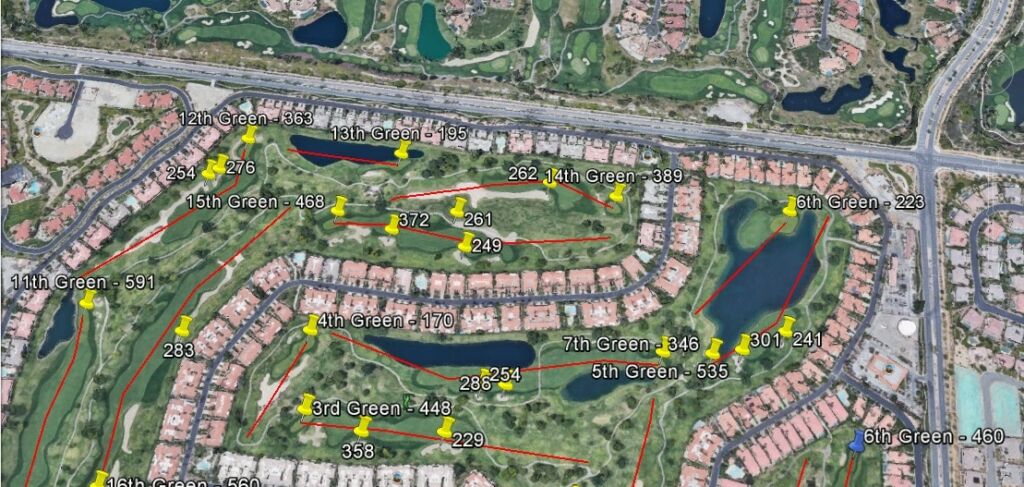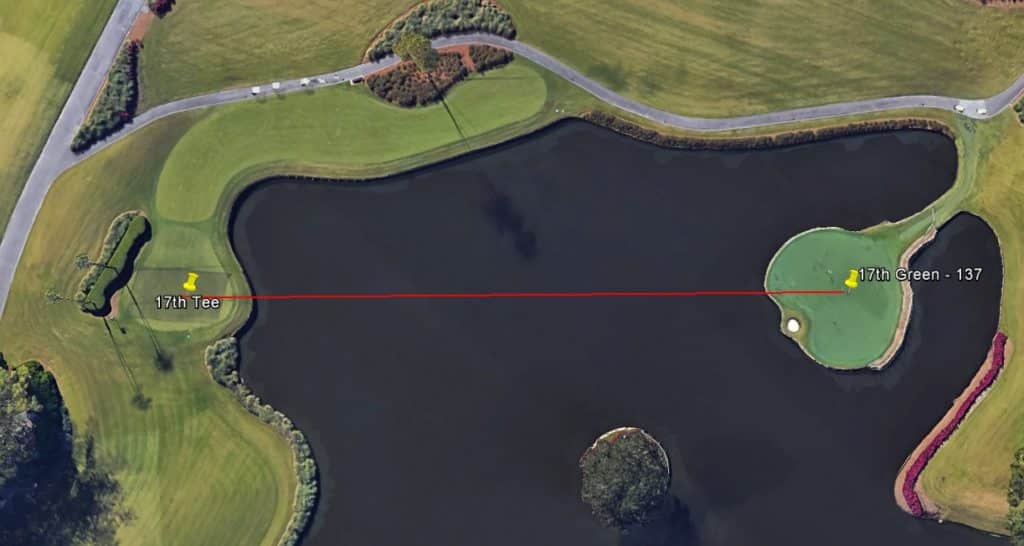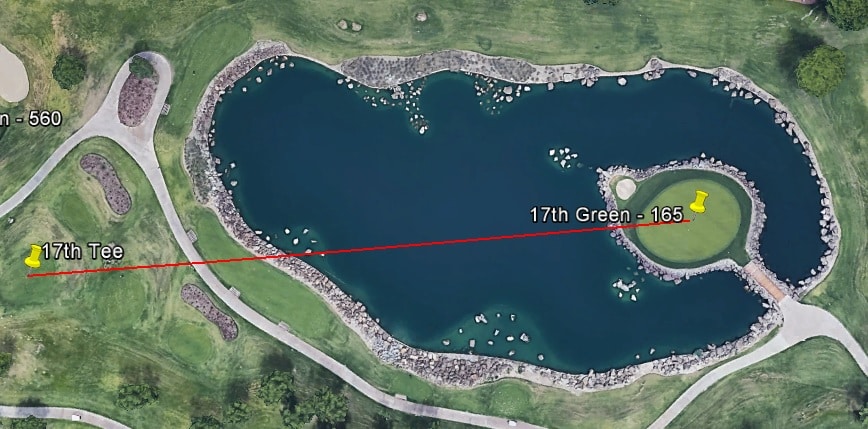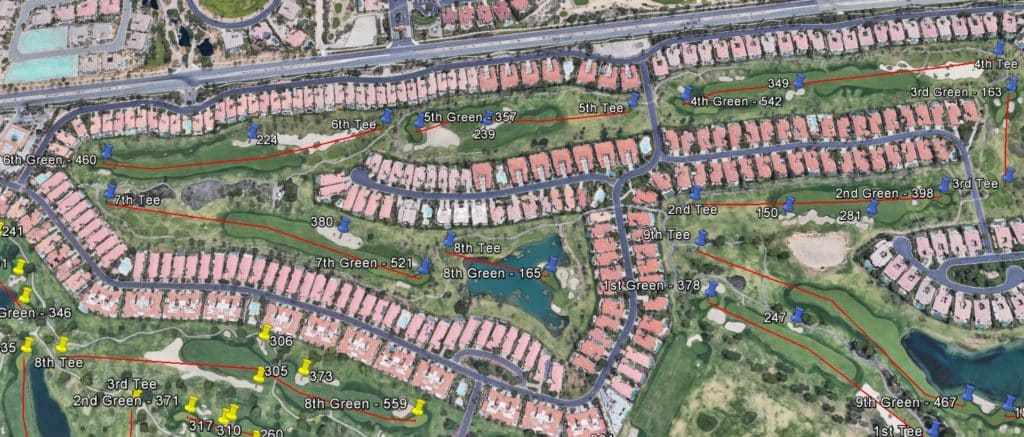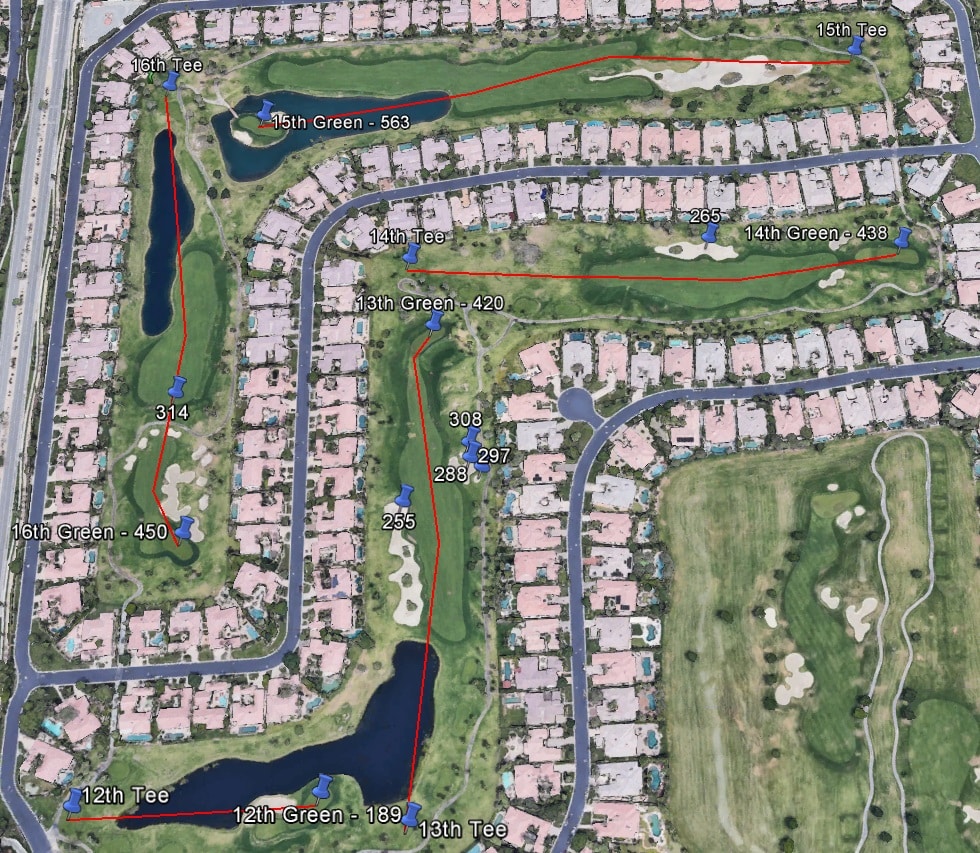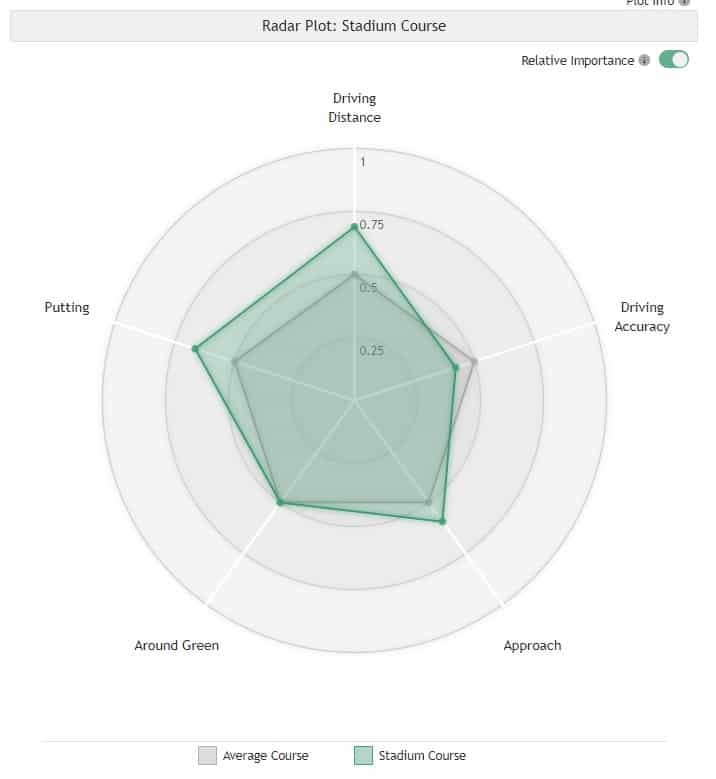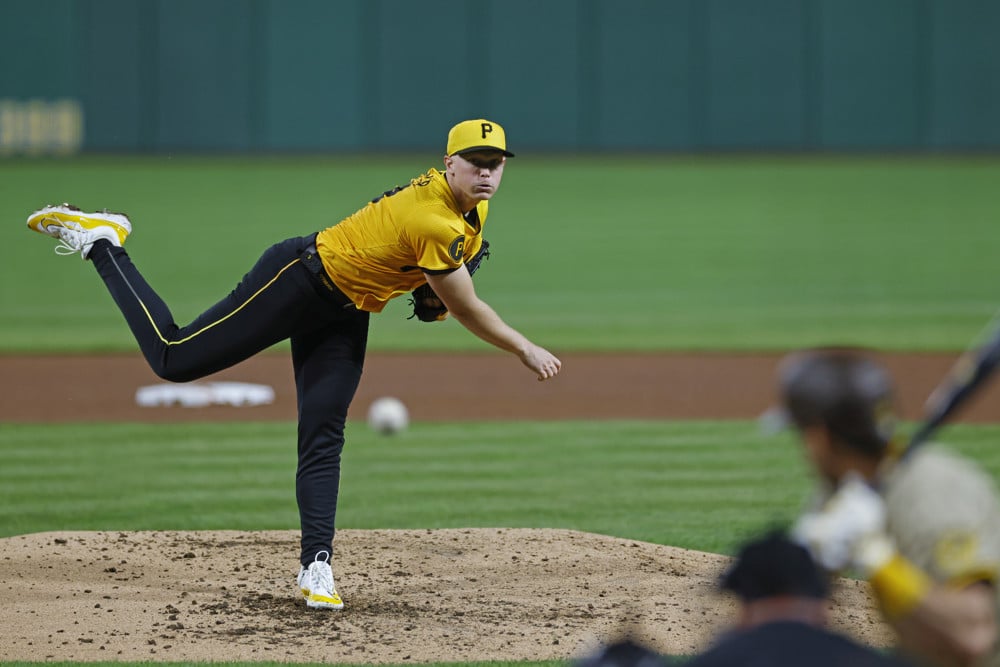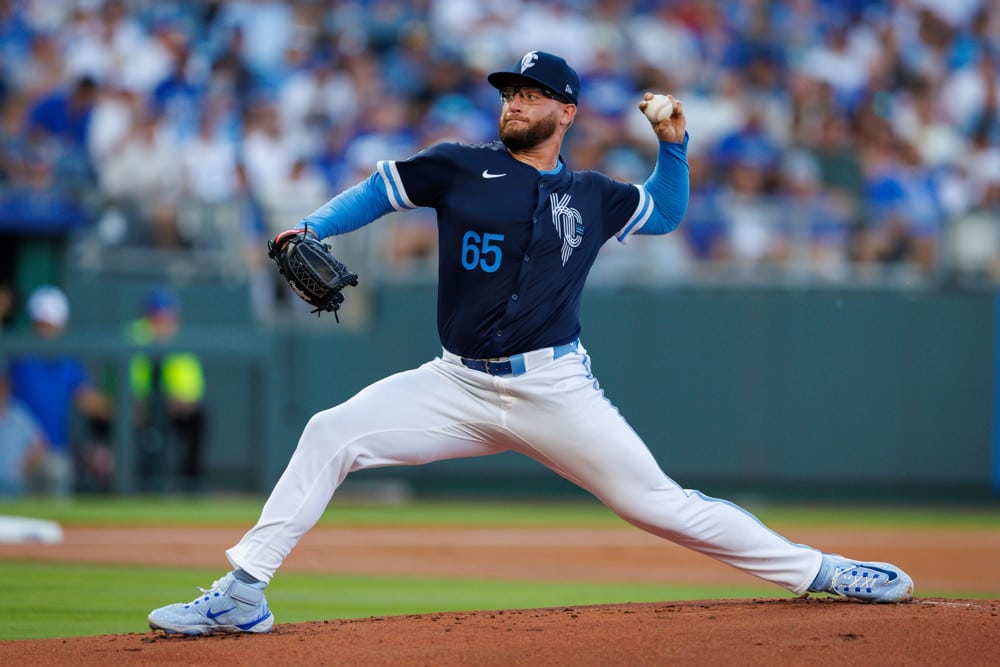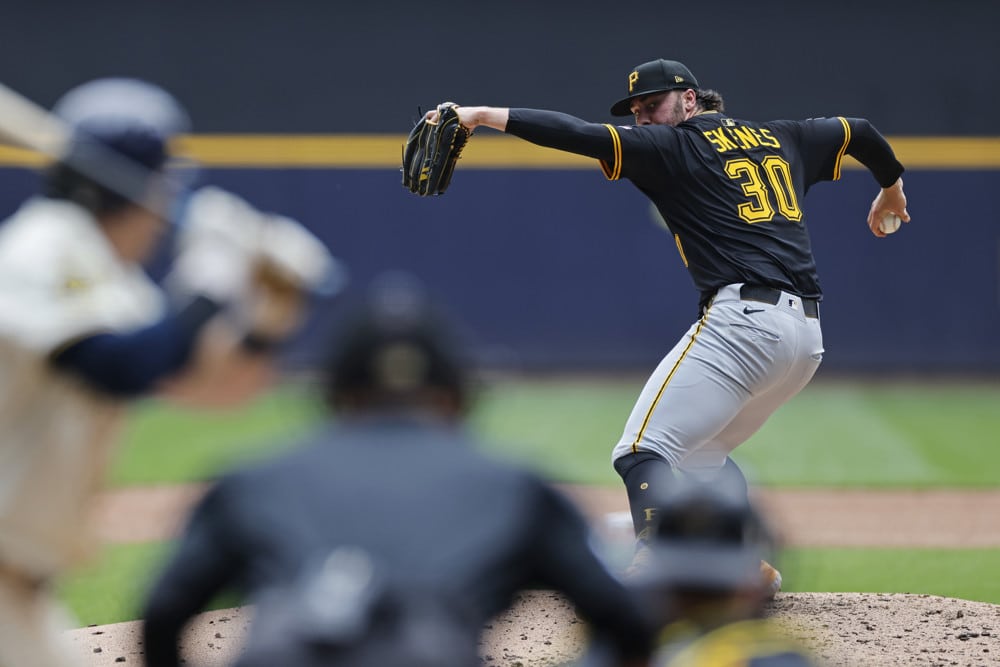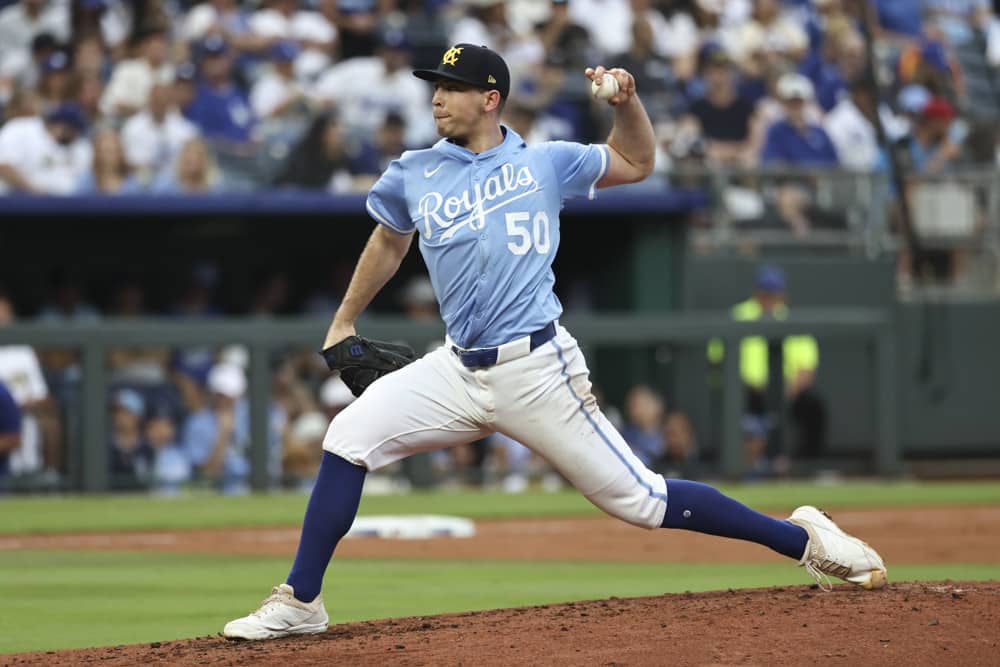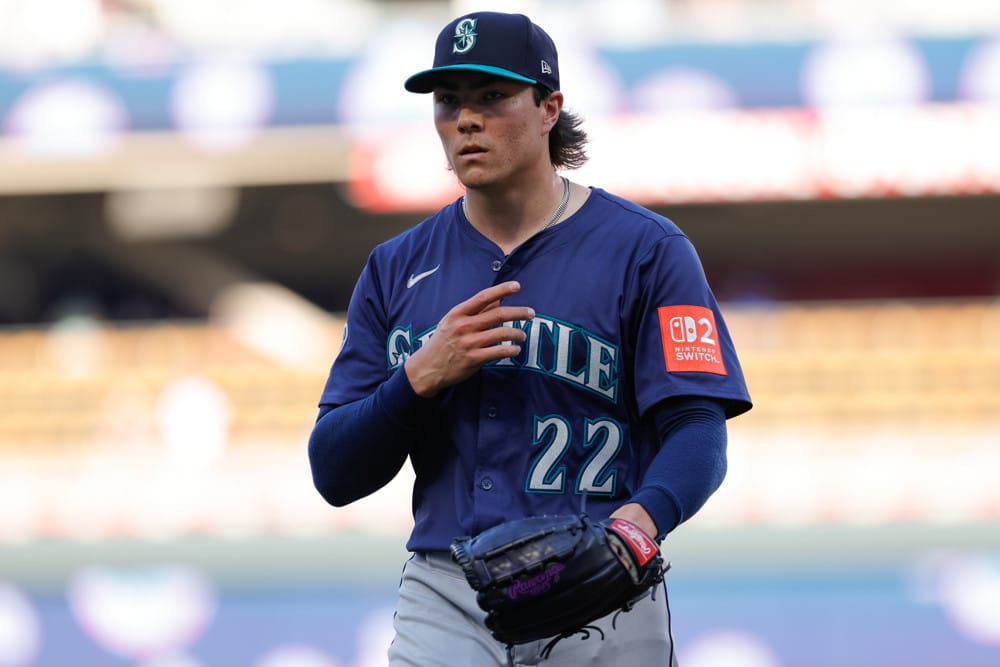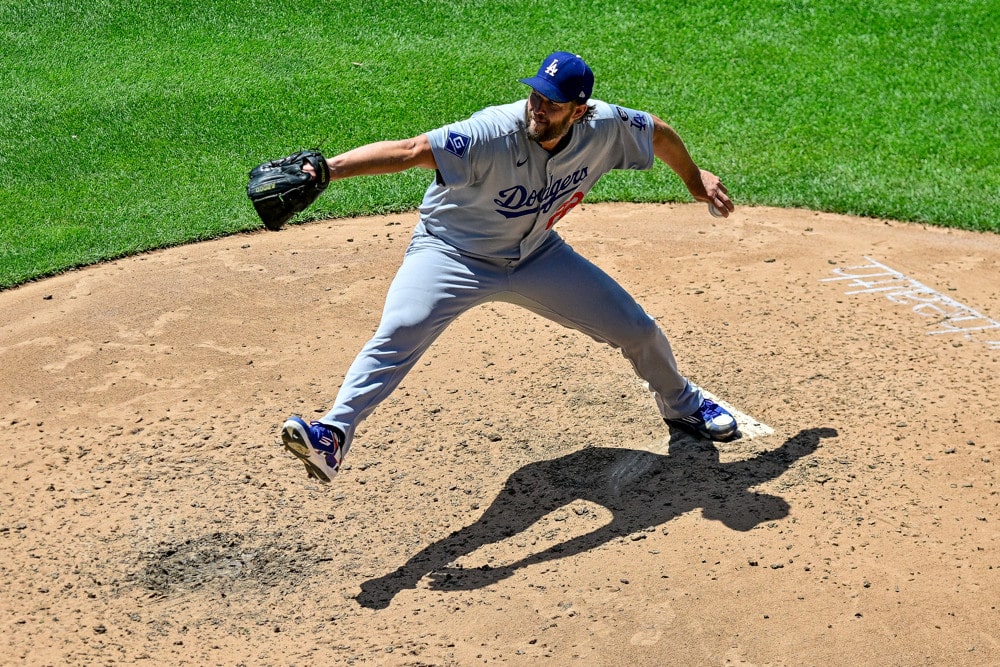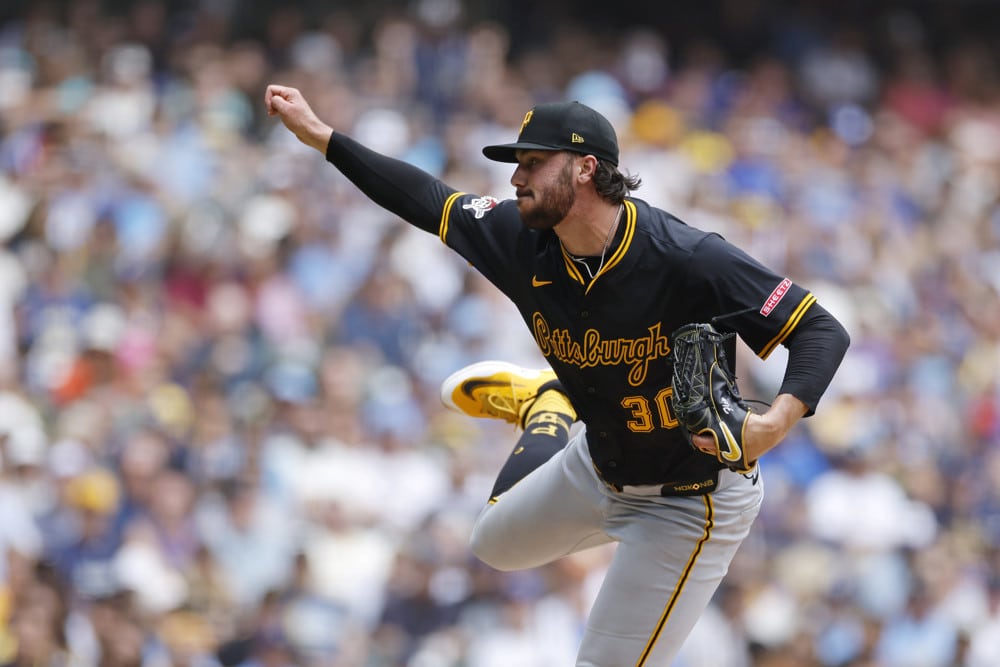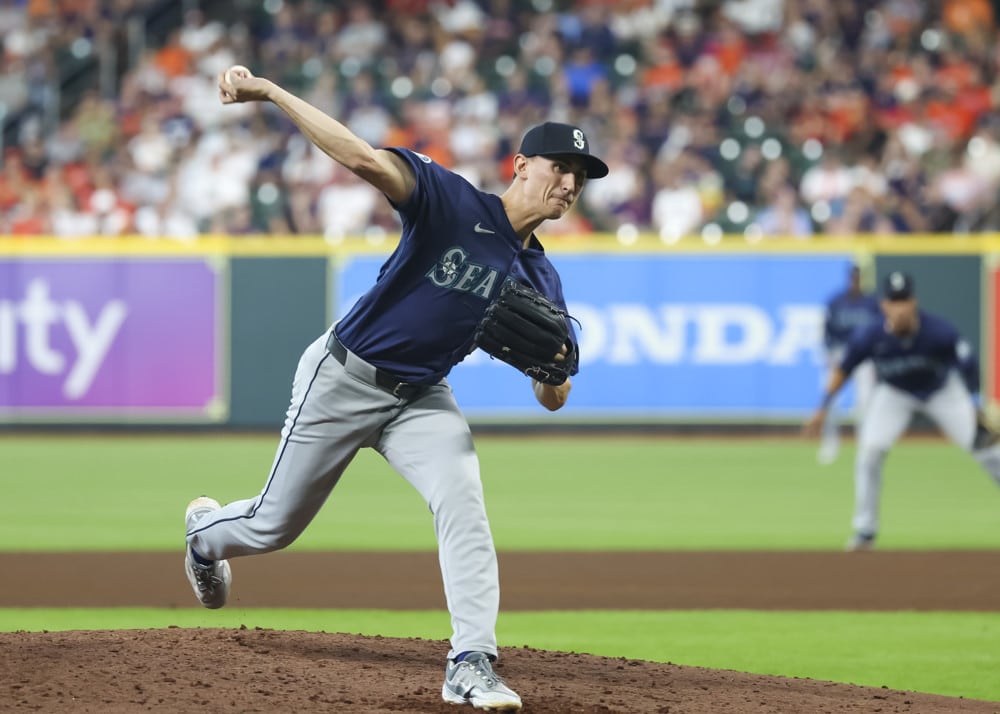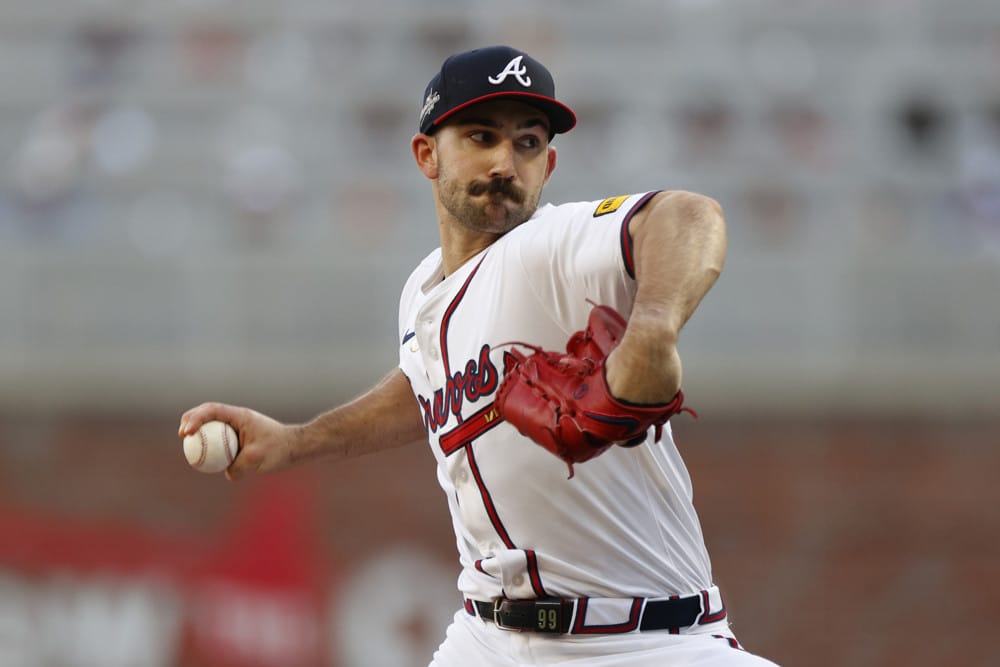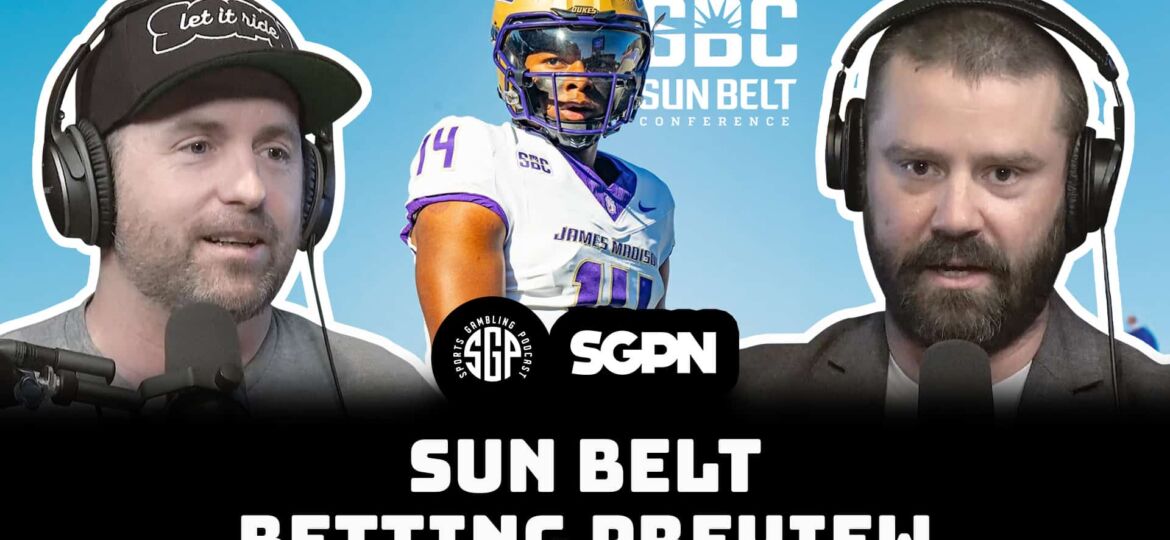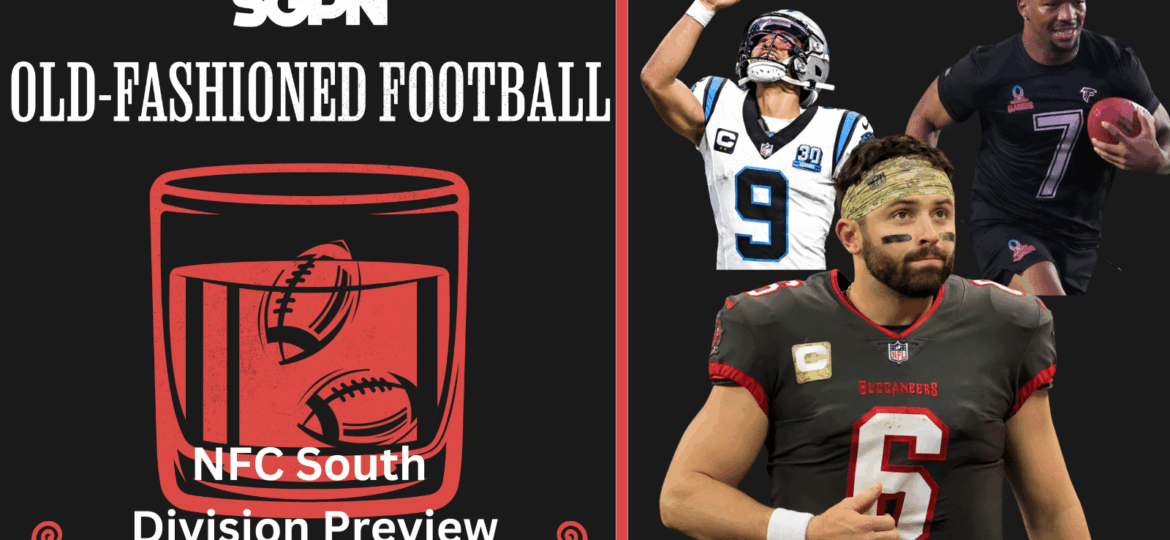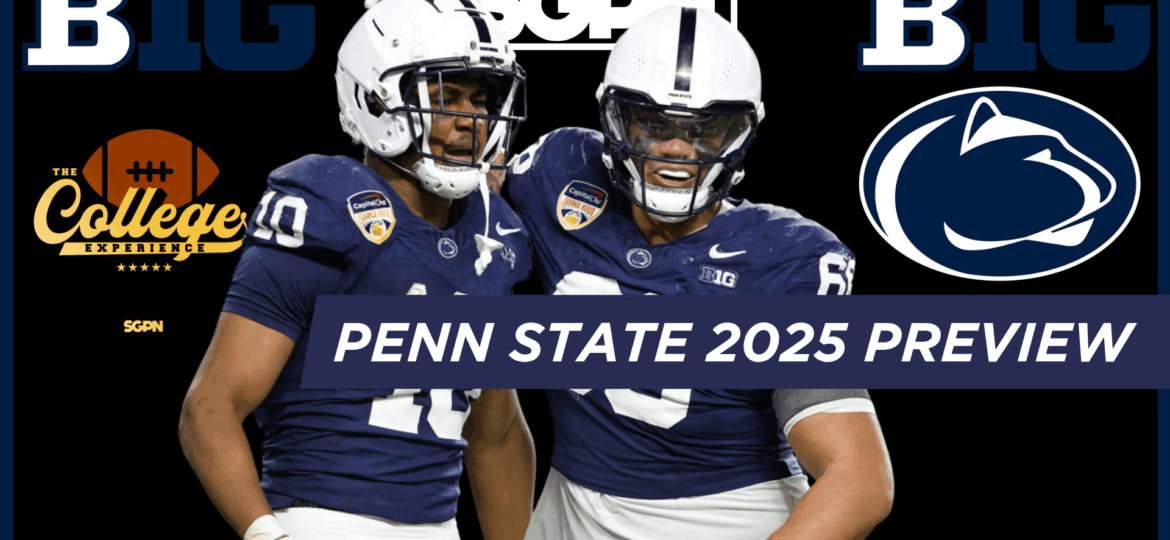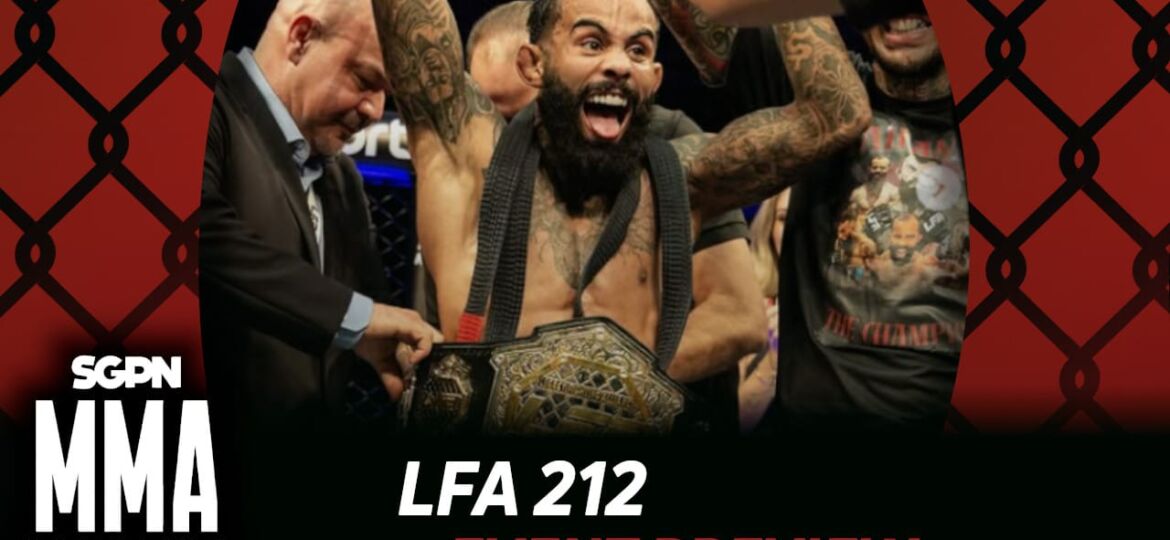The Hawaiian swing has concluded and the PGA Tour returns to the contiguous United States. Several top players take a trip to Palm Desert for The American Express at PGA West, so it’s time for your The American Express Gambling Preview.
Here’s everything to know about the tournament before placing a single wager.
The American Express Field
This tournament is head to head with a premier European Tour event, which has drawn many big names over to Dubai. While there are some strong names in this field, overall the entry list is a rather weak one.
Headlining the field is Jon Rahm, the winner of this event in 2018. Jon Rahm beat Andrew Landry in a playoff after a beautiful approach shot at the 18th to secure his second career win on the PGA Tour. Rahm had a massive 2020 and looks to pick up where he left off at PGA West.
Another notable in the field is Brooks Koepka, who makes his first start in 2021. Injuries hampered Koepka in 2020, and he went winless for the first time in his career. Koepka is still in the prime of his career, but he needs to show he’s healthy for bettors to trust him again.
Other notables in the field include Patrick Cantlay, Tony Finau, Rickie Fowler, Sungjae Im, Phil Mickelson, Francesco Molinari, Patrick Reed, Scottie Scheffler, Matthew Wolff, and Gary Woodland.
For the full field, click here.
The Golf Courses
In normal times, this tournament is a Pro-Am and is played across three golf courses. Due to the COVID pandemic, however, the event will not see amateurs tee it up. In addition, the usual three golf course rotation has been scaled back to be played on only two. This year’s American Express will see the first two rounds played across the Stadium Course and the Nicklaus Tournament course at PGA West. The final two rounds are on the Stadium Course. The third golf course of the rotation, La Quinta Country Club, will not be played on this year.
The TPC Stadium Course at PGA West was designed in 1986 by legendary architect Pete Dye, who passed away last year at the age of 94. Pete Dye is the greatest modern golf architect and is responsible for dozens of innovative golf courses. Dye wanted a player to think their way around a golf course. He also loved to play mind tricks on them. Dye once said “Golf is not a fair game, so why should I build a fair golf course”, and built them with this adage in mind. He was an inspiration for many of today’s designers.
TPC Stadium Course was built as a “sequel” TPC Sawgrass. The course first played host to the Bob Hope Classic in 1987, but the pros complained that it was way too hard. At the end of the day the PGA Tour is run by the players, and the tour catered to their complaints by removing the Stadium Course from the tournament after only one year.
After a couple redesigns, the tournament came back to the Stadium Course in 2016 and is the hardest of the two golf courses this year. The Stadium Course historically plays well over a stroke harder than the Nicklaus Tournament Course.
When scouting the layout of the Stadium Course, you can see Pete Dye’s fingerprints all over it. Several holes borrows template holes from TPC Sawgrass and other Dye designs. Here are a few holes at the Stadium Course that are very much inspired its sister on the East Coast:
5th Hole – TPC Sawgrass vs. 9th Hole – TPC Stadium Course
Both holes make use of elongated bunkers off the right side of the fairway. On the left, a water hazard eagerly awaits extremely offline tee shots. The greens are angled at about 2:00 off the fairway. They also feature large bunkers short right and long left. The 9th at the Stadium Course also adds a large bunker back right to punish players who fly the green.
10th Hole – TPC Sawgrass vs. 12th Hole – TPC Stadium Course
The 12th at the Stadium Course is a smaller version of the 10th at TPC Sawgrass but possesses similar features. Both have Dye’s trademark elongated bunkers hugging the left side of the fairway. The 10th at TPC Sawgrass has a horseshoe-shaped bunker that doesn’t come into play at all for a professional, so it appears Pete Dye relocated it to wrap itself around the left side of the 12th green at the Stadium Course to give them something to worry about.
17th Hole – TPC Sawgrass vs. 17th Hole – TPC Stadium Course
The most blatant rip off at the Stadium Course is the 17th. It’s a Par 3 featuring an island green and an almost photocopy of one of the most famous holes in golf – the 17th at TPC Sawgrass. For the most part, I’m fine with trying to create TPC Sawgrass West, but here ends my heaping praise of the late great Pete Dye. This hole is symbolic of my biggest issue with the Stadium Course (besides the ridiculous canyon bunker off the 16th green). The Stadium Course is more Disneyland to TPC Sawgrass’s Disney World. The RC Cola to Sawgrass’s Classic Coke. Sure you can see the penmanship of a TPC Sawgrass at this golf course, but it rings a tad soulless, has a peculiar aftertaste and makes you yearn for the real thing.
It also doesn’t help that the golf course looks AWFUL on television. Large swaths to dormant, brown Bermuda rough surround the lush, overseeded green fairways and putting surfaces. Bermuda grass takes a while to recover from cooler winter temperatures, and the still-dormant Bermuda rough makes the telecast look especially bland. It’s visually lackluster after spending the last two weeks in Hawaii watching surfers and whales crash through the vibrantly blue Pacific Ocean. It brings down the enjoyment of the viewing experience overall.
The other course this week is the Nicklaus Tournament Course. It plays much easier than its PGA West counterpart:
The Nicklaus Tournament Course looks like any golf course in Florida or the Southwest. Not a lot of creativity or strategy is required as it weaves its way through retirement communities. It’s meant to serve as an enjoyable, laid back round of golf. Most trouble off the tee is very easily avoidable by the pros thanks to generously wide fairways and their ability to hit over most fairway hazards. This course will play much easier than the Stadium Course this weekend.
The American Express Gambling Strategies
Bettors usually have a few challenges when handicapping this event. For starters, the winning score at the event is typically in the low 20’s under par. The golf courses overall yield a lot of birdies and low scores. However, events like this often turn into a putting contest and allow poorer, less consistent ball strikers to compete with premium ones. Tournaments like these sometimes are like Russian roulette.
Another challenge is that only the Stadium Course has strokes gained data captured during play. Neither the Nicklaus Course nor La Quinta featured ShotLink data to decipher how to score best there. This challenge is alleviated a bit with three of the four rounds held at the Stadium Course this year. Bettors can primarily focus on that golf course to handicap the field.
Since the primary focus is at the Stadium Course, here’s a skillset chart showing what types of attributes are most common among those at the top of the leaderboard:
The attributes that most stand out here is driving distance and putting. These two are probably mutually exclusive of each other and aren’t a requirement for a player to have both. Distance is an advantage mostly on the Par 5’s at the Stadium Course. A good, long drive on each gives a longer player an iron into the green. Shorter hitters will have a less accurate fairway metal into the Par 5’s. They also may opt to lay up and have a wedge in for their third. As far as putting, a shorter player can make up a tee-to-green deficit to the longer players by sinking more putts.
While some of the Par 4’s allow a player to be aggressive, most of them are less-than-driver holes due to bottlenecked fairways and strategically placed bunkers. Long and short hitters generally hit from about the same distance to the pin on most of the Par 4’s. In addition, none of the Par 4’s play over 450 yards and four of them play under 400 yards. Players will pull short irons and wedges for most of their approach shots. The ability to dial in their short irons for good looks for birdies is vital at the Stadium Course.
Bettors will also have to keep in mind the grass types at the Stadium Course. Overseeded Bermuda means that the golf course is not Bermudagrass. The fairways and greens are overseeded with perennial ryegrasses and poa. The greens behave more like a traditional poa putting surface. Bettors should look more towards how players perform on poa annua putting surfaces or at other overseededed golf courses. Other overseededed golf courses on the PGA Tour include TPC Scottsdale, TPC Summerlin, the 2019 Players Championship, the 2019 Valero Texas Open, and all Houston Opens at the Golf Club of Houston prior to 2018.
There’s also an angle to take with the changes to the structure of this year’s tournament. The Stadium Course is a much more demanding golf course tee-to-green. In addition, tournament directors tend to set easier pin placements for the amateurs on the golf course to speed up play. Without amateurs and three of the four rounds at the Stadium Course, the tournament might not be as much of a putting contest as it usually is. Ball striking may be more of a determining factor towards who contends instead of who can sink the most putts.
Lastly, players who have gained more than a stroke per round at the Stadium Course (minimum of 12 rounds) include the following:
- Jon Rahm – +2.51
- Adam Hadwin – +2.47
- Andrew Landry – +2.25
- Phil Mickelson – +1.48
- Talor Gooch – +1.42
- Bill Haas – +1.25
- Lucas Glover – +1.22
- Keegan Bradley – +1.33
- Patrick Reed – +1.09
- Zach Johnson – +1.02
- Keivn Streelman – +1.00
There’s a wide range of players in here, from shorter ones (Andrew Landry) to big bombers (Jon Rahm) to those who do a little bit of everything well (Patrick Reed).



